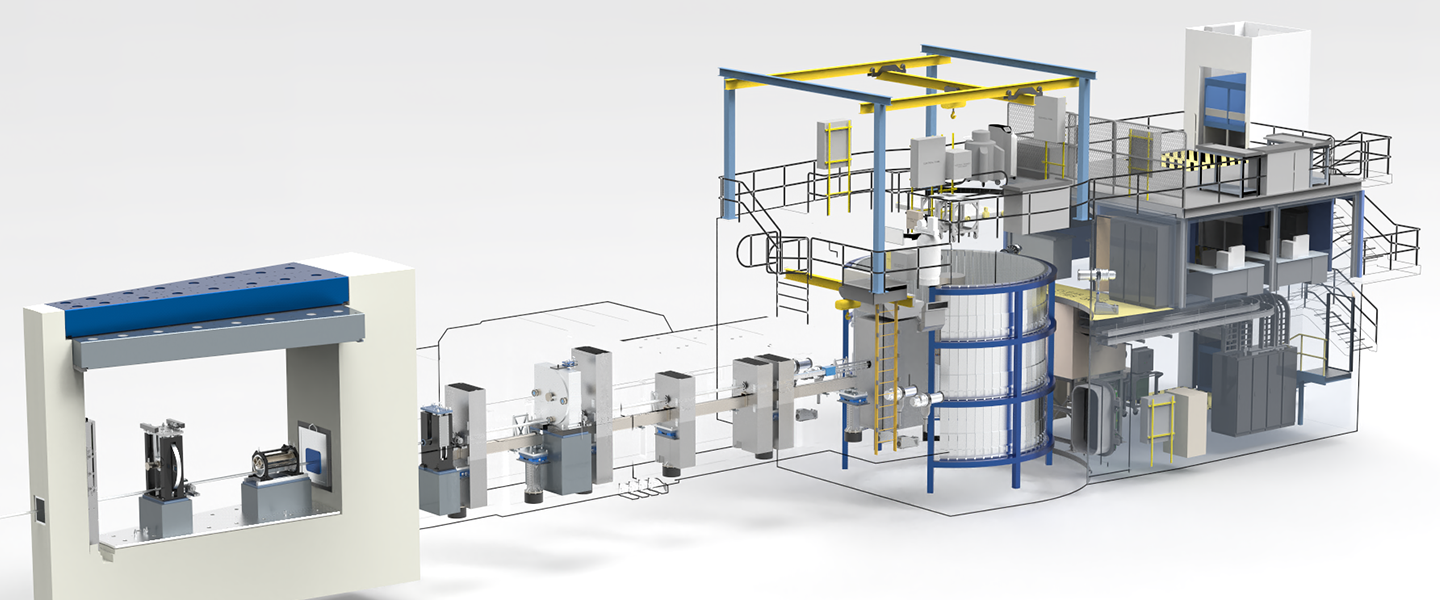Contacts
-
Instrument Scientist

CHESS will be a direct-geometry neutron spectrometer designed to detect and analyze weak signals intrinsic to small cross-sections, such as small mass, small magnetic moments or neutron absorbing materials. The instrument will be optimized to enable studies on quantum materials, spin liquids, thermoelectrics, battery materials, superconductors, and liquids.
CHESS will be the spectrometer of choice for initial exploration of new materials. Its broad dynamic range will also be well suited for measuring relaxation processes and excitations in soft and biological matter.
15 Hz repetition rate of the Second Target Station (STS) will allow using the Repetition Rate Multiplication technique (RRM), which greatly expands the information that can be gained in a single measurement. CHESS will also be designed to employ XYZ polarization analysis.
| Beam spectrum | Cold neutrons |
| Moderator | Tubular Coupled Para-Hydrogen (20 K) |
| Beam size at sample | Round, variable: Ø = 0.1-2 cm |
| Detector solid angle coverage | Ω~2π sr |
| Incident energy range (ΔE) |
0.2 ≤ Ei/meV ≤ 80 (1 ≤ l/Å ≤ 20) (RRM capable) |
| Incident energies per pulse | 1 - 8 using RRM mode |
| Energy transfer resolution at the elastic line (δE/E) | 2%-5% Ei flexible |
| Total bandwidth (Δλ) | 7-8 Å |
| Q-range (ΔQ) | 0.025 ≤ Q/Å-1 ≤ 10 |
| Q-resolution (δQ/Q) | 2% – 5% |
| Polarization | Polarized beam and XYZ polarization analysis |
| Beam divergence at sample | Wavelength independent: FWHM=2.0° |
| Moderator to M-chopper (L1) | 30 m |
| M-chopper to sample (L2) | 1.5 m |
| Sample to detector (L3) | 2.5 m |
| Detector type | 3He tubes, 8-pack |
“Conceptual design of CHESS, a new direct-geometry inelastic neutron spectrometer dedicated to studying small samples”. J. Appl. Cryst. (2018). 51, 282–293.
“CHESS: The future direct geometry spectrometer at Second Target Station” Review of Scientific Instruments 93, 065109 (2022)
Instrument Scientist
Oak Ridge National Laboratory is managed by UT-Battelle LLC for the US Department of Energy